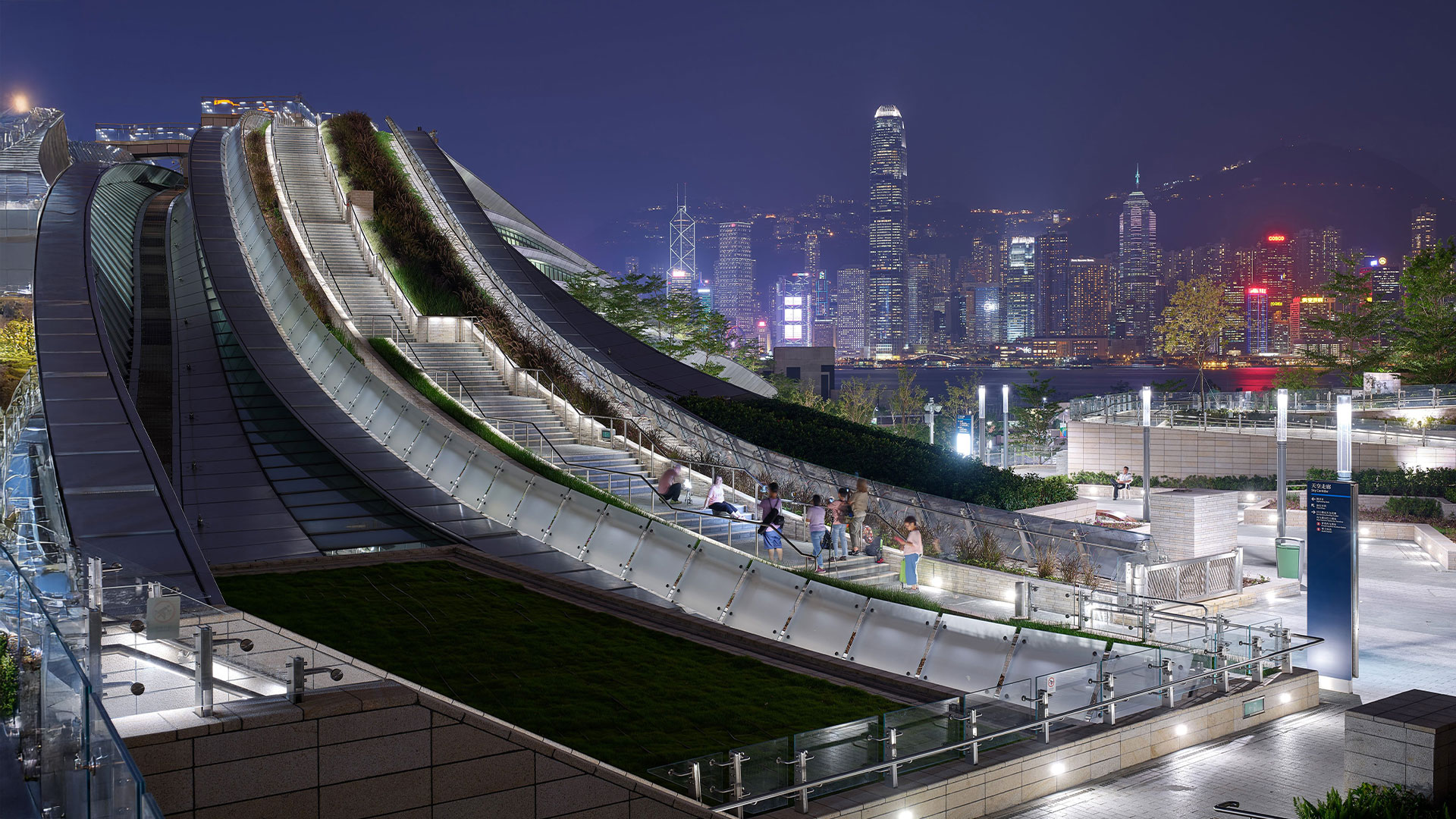
Walk This Way: The route to a healthier, happier and more connected community, one step at a time…
The bustling metropolis of Hong Kong, known for its towering skyscrapers and densely packed streets, has long been praised for its robust public transportation system. However, the true gem of this vibrant city may lie in its often-overlooked yet invaluable network of walkable pavements. As the world grapples with the rising prevalence and associated health concerns of sedentary lifestyles, our sidewalks have emerged as a beacon of hope, offering residents a tangible path towards a healthier future.
Recognising the vital role of foot travel in shaping a liveable and sustainable city, the Hong Kong Transport Department has spearheaded a comprehensive strategy to deliver a walkable urban haven. Unveiled in 2020, the Walk in HK initiative has placed pedestrians at the forefront of transportation planning, fostering a walk-friendly environment that encourages residents and visitors alike to embrace the simple joy of strolling about town.
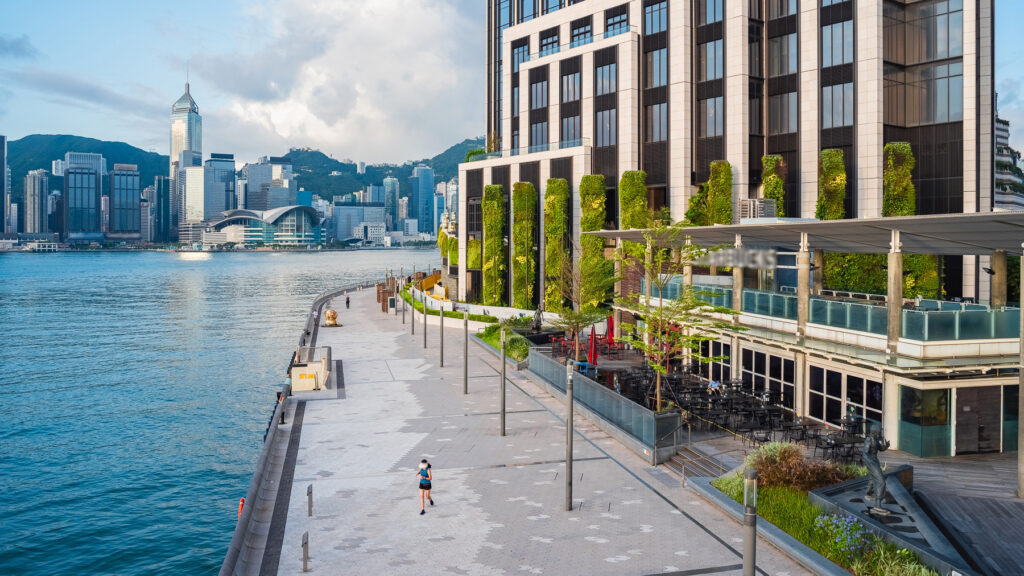
“Walkability is not just about connecting destinations,” says the Transport Department on its website. “It’s about creating an urban ecosystem that promotes physical activity, social interaction and environmental sustainability – all of which are essential for the well-being of the community.”
Walkways & Means
A key aspect of Walk in HK has been the provision of cover to the city’s often elevated and interconnected walkways. This has seen the government work closely with District Councils to identify strategic locations for the installation of canopies. Sheltered pathways not only shield pedestrians from the elements but also provide a more comfortable and inviting experience for exploring the city on foot.
Pedestrians have also been empowered by widened pavements, raised crossings on roads and the removal of non-essential roadside railings and traffic signage. Meanwhile, a new wayfinding signage system has eased the risk of losing one’s way in the maze of city streets.
Stepping Stone to Health
The importance of physical activity for overall well-being is well-documented, and Hong Kong’s walkable streets provide the perfect avenue for residents to incorporate more movement into their daily routines. From the bustling Central district to the serene seaside promenades, these pedestrian-friendly pathways encourage residents to trade in their car keys or public transport passes for a more active mode of transportation.
“Walking has become an integral part of my daily life,” says local resident Rebeca Pangan. “The seamless connectivity of the sidewalks allows me to walk to work easily, run errands, and even explore the city’s hidden gems without the hassle of traffic or parking.”
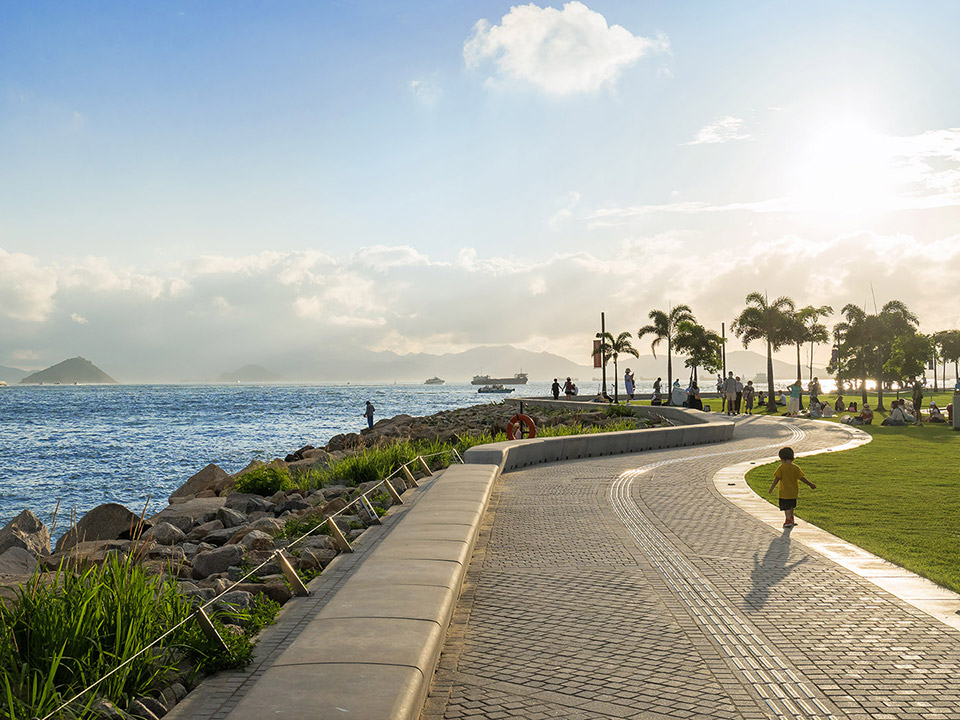
The benefits of pedestrianism extend beyond physical health. Studies have shown that regular physical activity and walking can not only reduce the risk of chronic diseases but also have a profound impact on mental well being, stress, anxiety and depression, as well as cultivate stronger social connections within the community. The city’s diverse streetscapes, from bustling commercial hubs to serene green spaces, provide a calming respite from the fast-paced urban environment, allowing residents to clear their minds and find moments of tranquillity.
Strolling Players
“Taking a stroll along the Sai Wan Pier, what we locals call the ‘Instagram Pier’, has become my daily ritual,” shares regular walker Jack Fontanilla. “The gentle sea breeze and picturesque views of the harbour not only energise me physically but also provide a much-needed mental refresh amid the demands of daily life. Plus, it benefits my social media page.”
Hong Kong’s commitment to walkable infrastructure is evident in well-designed and user-friendly areas throughout the city. One standout example is the iconic Central-Mid-Levels Escalator, which at more than 800 metres in length is the world’s longest outdoor covered escalator system. Opened in 1993, it allows commuters to navigate the hilly terrain between the central business district and residential Mid-levels without breaking a sweat.
Another gem is the Tsim Sha Tsui Promenade, a picturesque waterfront walkway that offers stunning views of the Hong Kong skyline and Victoria Harbour. Its wide, well-maintained pavement provides a tranquil escape from the bustling streets, attracting both locals and visitors alike to stroll, jog, or simply take in the scenery.
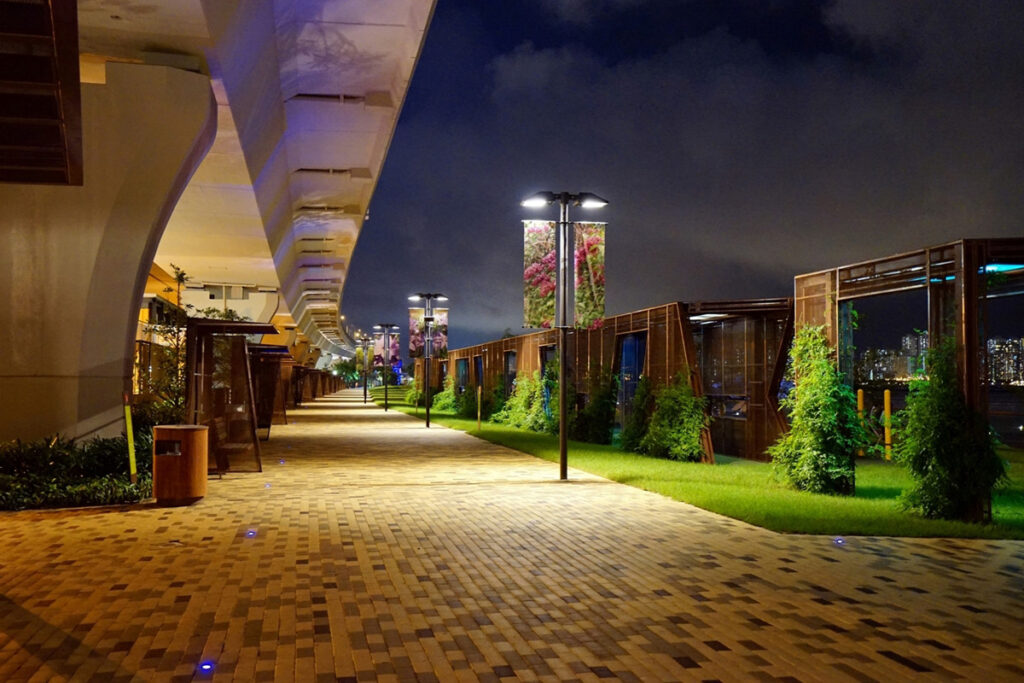
The Sai Ying Pun neighbourhood, with its vibrant street life and carefully planned pedestrian infrastructure, is another shining example of Hong Kong’s dedication to walkable urban design. The area’s narrow streets, flanked by diverse shops and eateries, create a pedestrian-friendly environment that encourages residents to explore on foot, fostering a sense of community and social interaction.
Jolly Walkers
Once a largely industrial area, Kwun Tong has undergone a remarkable transformation in recent years, with the development of the Kwun Tong Promenade being a true highlight. This expansive waterfront green space has breathed new life into the community. Extending for a kilometre, the promenade hugs the shoreline, providing breathtaking views of the harbour, lush greenery, meandering walkways and serene rest areas for a harmonious balance between nature and urban elements. People of all ages are often seen out for a stroll, chatting with neighbours, or even participating in group exercises. It’s a testament to the power of well-designed pedestrian infrastructure to bring people together.
Other spots that should make everyone’s list of the must-see walking trails of urban Hong Kong are the Central Waterfront Promenade, Li Yuen Street East and West and Aberdeen Street in Central, Art Square at Salisbury Garden on the Tsim Sha Tsui waterfront, and the West Kowloon Cultural District. Those with time to walk outside of the city limits could head for Lugard Road to circle the Peak or take the Mills & Chung Path linking Ocean Park and Deep Water Bay, then stroll along the Seaview Promenade to Repulse Bay. Further away are the Bones of Miss Willy at Cape D’Aguilar, Tung Ping Chau Marine Park and Lok Ma Chau Lookout in the New Territories, and Shek Tsai Po Street Promenade and Sunny Bay on Lantau Island.
Striding Ahead
As Hong Kong continues to evolve and adapt to the changing needs of its residents, the focus on walkable pavements remains a top priority for the Transport Department. By weaving pedestrian-friendly elements into both new developments and existing urban areas, the city is poised to reap the myriad benefits of a more walkable future – from improved public health to enhanced liveability and community cohesion.
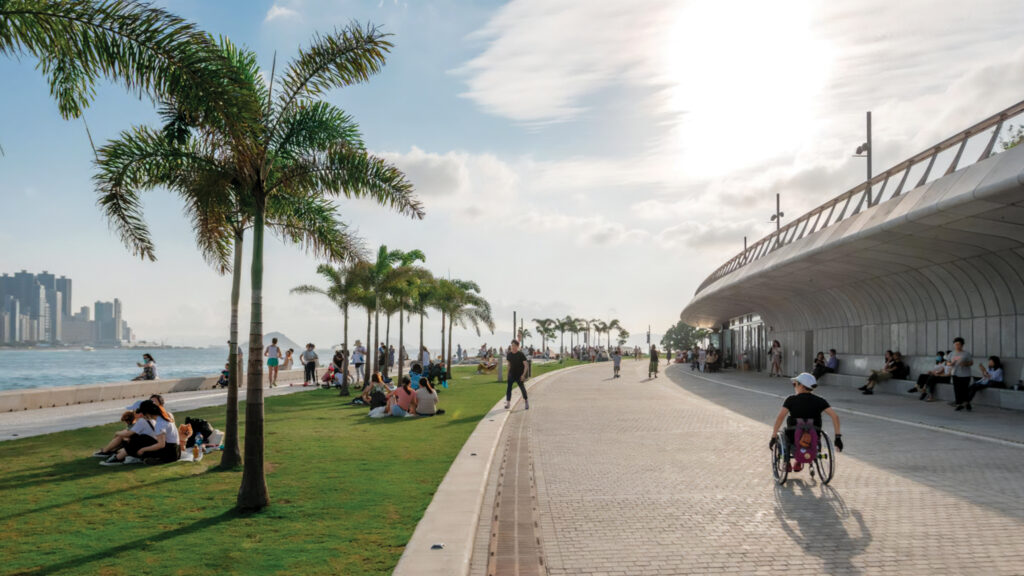
As the Transport Department shares: “We’re committed to creating a Hong Kong where walking is not just a means of transportation, but a joyful and enriching experience. By empowering people to explore their city on foot, we’re paving the way for a healthier, more connected and more sustainable future for all.”







